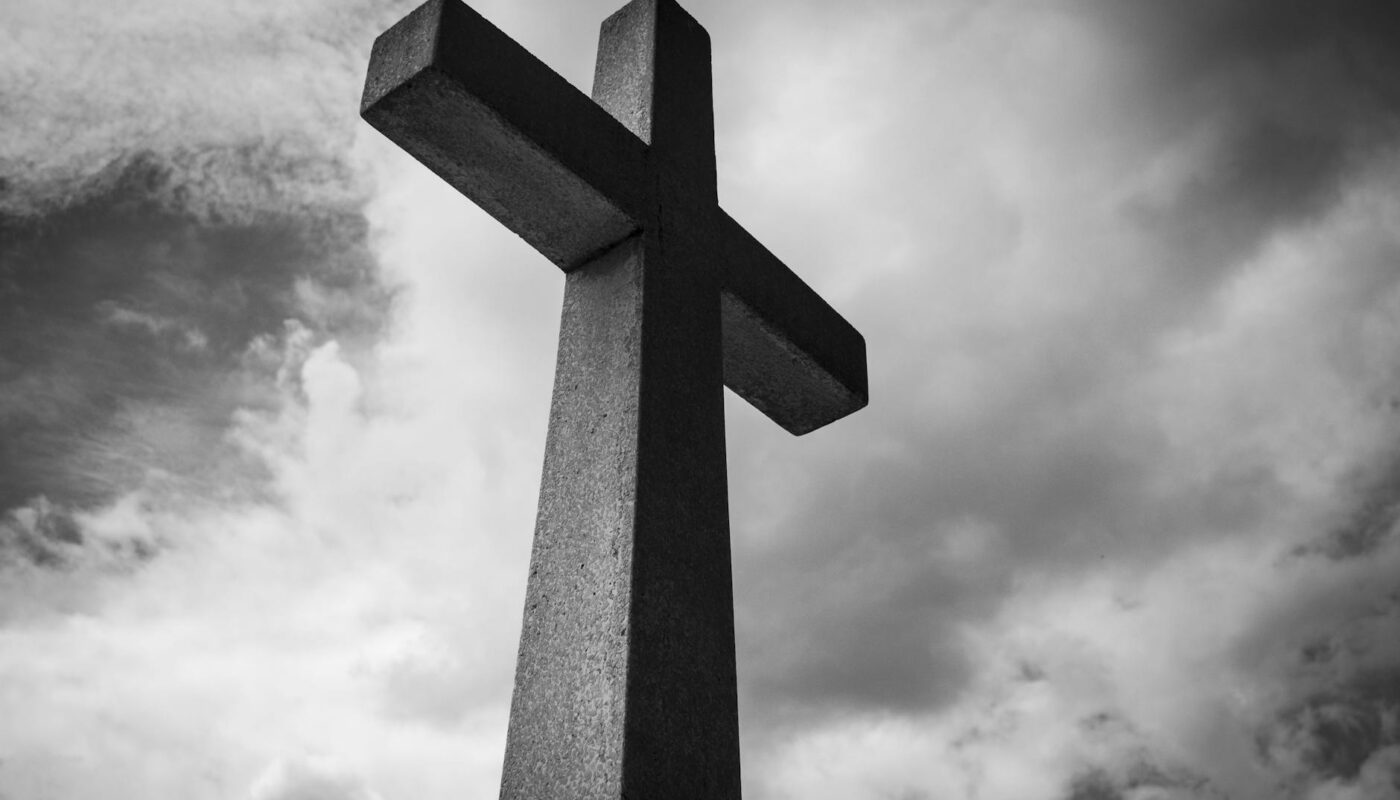As a child, every time I heard the Easter story I would cry, overcome with grief. It was hard to imagine Jesus being slapped, spat on, whipped with lead-tipped lashes, made to carry a heavy cross, rejected by the crowds and religious leaders, betrayed, crucified on a cross, thirsty… What a heavy prize Jesus was willing to pay. I was filled with pity for him. I wanted to rationalise that Judas shouldn’t have betrayed him; those soldiers should not have slapped and mocked him; Pilate should not have let him be crucified…
But then Jesus needed to die. Jesus came to die — a shameful and painful death on a Roman cross. Jesus came to be rejected but to give his life on that cross. Right from Luke 9 you can see Jesus’ face set to go to Jerusalem knowing what would befall him — that he would be handed to sinful men who would kill him. Soon after he commissions the 12 (Luke 9), Jesus tells the disciples that he is about to be rejected, killed and then raised from the dead. At the Transfiguration, Moses and Elijah discuss Christ’s impending departure in Jerusalem as if this was the most important thing to discuss because it was. The death at the cross was central to Christ’s mission, however much we feel angry, sad, pitiful of all Christ had to endure. “His face was set toward Jerusalem.” Luke 9:53b
The cross loomed large in his life. We can’t ignore it. We can’t gloss over it. We can’t wish it away. We can’t be offended by it or ashamed of it. Calvary was Christ’s destination right from the manger. He came to give His life to purchase a holy people for God.
So as you go through the Easter motions, watch a documentary or movie on the passion of the Christ, attend a play, read a Bible story to your children, the question at hand is — what you will do with that information?
Christ’s pain and suffering doesn’t demand our pity, anger or intellectual rationalisation. It demands a response from our hearts. If Christ came to die as an atoning sacrifice for sin (John 1:29, Romans 3:25, 5:11, 5:19, Hebrews 10, 1 John 2:12) and in his body reconcile all things in heaven and on earth to God (Colossians 1:20-22) having made peace for us with his blood on the cross — the question that remains is what does His death mean for you (or the child with whom you are watching or reading the Easter story?)
We can either believe in Him and be saved, or fail to believe and stand judged. For “whoever believes in him (Christ) is not condemned, but whoever does not believe stands condemned already because they have not believed in the name of God’s one and only Son.” John 3:18
God’s son walked this planet for our sakes and it’s unforgivable if we can’t believe him and be saved. “The men of Nineveh will rise up at the judgement with this generation sand condemn it, for they repented at the preaching of Jonah, and behold, something greater than Jonah is here,” Jesus warns in Luke 11:32. After this he explains that those who can’t perceive light, who walk in darkness, do so because of problematic eyesight. Do we need our eyes opened that we may see the light of the world, calling us into his light? Pray today that the Holy Spirit may open your eyes to see the Son of God lifted up for your sake, to believe him and to be saved.



